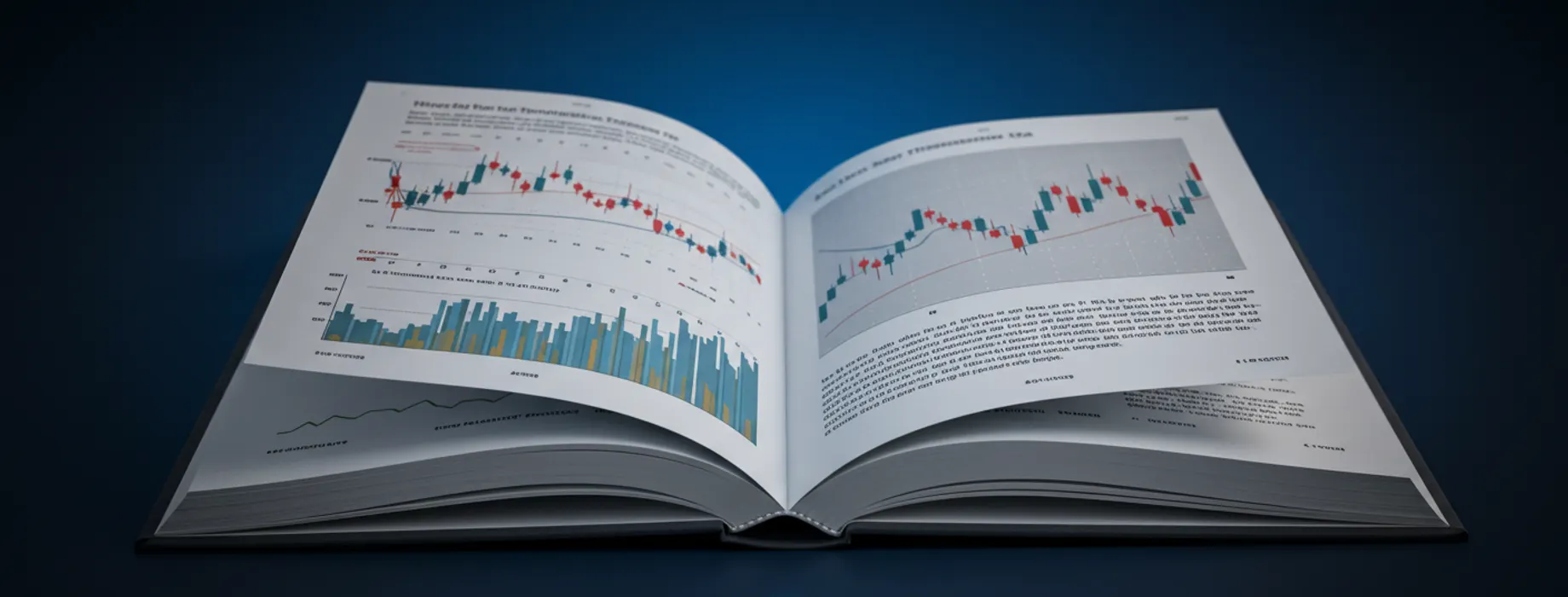Gold Prices Decline as US-China Diplomatic Thaw Boosts Risk Sentiment

Precious metals experienced downward pressure on Thursday as investors shifted away from safe-haven assets following encouraging developments in US-China relations, though gold maintained its position above the crucial $2,300 per ounce threshold.
Market Movement Details
Spot gold decreased by 0.4% to $2,312.21 per ounce by 03:35 ET (07:35 GMT), while gold futures expiring in June fell 0.5% to $2,323.05 per ounce. Despite this decline, the precious metal remained comfortably above the psychologically important $2,300 mark.
Other precious metals followed gold’s downward trajectory. Silver futures dropped 1.2% to $27.068 per ounce, while platinum futures declined by 0.8% to $937.55. Palladium bucked the trend slightly, falling just 0.2% to $952.00.
The pullback comes after gold reached a two-week high earlier this week, continuing its strong performance in 2024. The yellow metal has gained approximately 13% year-to-date, driven by expectations of Federal Reserve interest rate cuts and persistent geopolitical uncertainties.
Geopolitical Developments Influencing Markets
The immediate catalyst for gold’s retreat appears to be warming diplomatic relations between the world’s two largest economies. Chinese President Xi Jinping and U.S. President Joe Biden held what was described as a “candid and constructive” phone conversation on Tuesday, their first direct communication in several months.
This development has been interpreted by market participants as a potential de-escalation in tensions between the economic superpowers, reducing demand for traditional safe-haven assets like gold and government bonds.
The diplomatic progress comes at a time when both nations have been navigating complex trade relations, technology competition, and divergent positions on international issues including Ukraine and Taiwan.
Economic Factors at Play
Beyond geopolitics, precious metals markets continue to be influenced by monetary policy expectations and economic indicators. Recent comments from Federal Reserve officials have suggested a measured approach to potential interest rate reductions, with policymakers emphasizing data dependence.
Fed Chair Jerome Powell reiterated earlier this week that decisions would be guided by incoming economic information, particularly inflation metrics. Markets are currently anticipating at least one interest rate cut before the end of 2024, though the timing remains uncertain.
Interest rates significantly impact gold prices, as the metal does not yield interest and typically performs better in low-rate environments that reduce the opportunity cost of holding non-yielding assets.
Market Outlook
Despite Thursday’s pullback, analysts maintain a generally positive outlook for gold through the remainder of 2024. Several factors continue to support the precious metal’s fundamentals, including central bank purchasing, persistent geopolitical risks in the Middle East, and anticipation of eventual monetary easing.
“The overall trend for gold remains bullish, with the metal finding strong support at the $2,300 level,” noted market strategists tracking the precious metals sector. “While short-term fluctuations are expected based on risk sentiment, the fundamental drivers for gold remain firmly in place.”
Investors will be closely monitoring upcoming U.S. economic data releases, particularly the Personal Consumption Expenditures (PCE) price index – the Fed’s preferred inflation gauge – expected next week, which could provide further direction for precious metals markets.
For the near term, market participants are balancing improved risk sentiment against the enduring appeal of gold as a portfolio diversifier amid economic uncertainties and expected monetary policy shifts.